You may be wondering if you can paint a vinyl fence. The answer is yes – you absolutely can! Vinyl fences are a popular choice for homeowners because they are low-maintenance and durable. However, over time they may start to look a bit dated or faded. Painting your vinyl fence is a great way to give it a fresh new look. In this article, we will provide tips on how to paint your vinyl fence, as well as answer some common questions people have about the process. Let’s get started!
What Kind of Paint Do You Use On a Vinyl Fence?
The type of paint you use on a vinyl fence is important. You want to use a paint that is specifically designed for vinyl surfaces.
Regular latex or oil-based paints will not adhere well to vinyl and can actually damage the surface. When in doubt, always check the labels on the paint cans to make sure they are safe for use on vinyl.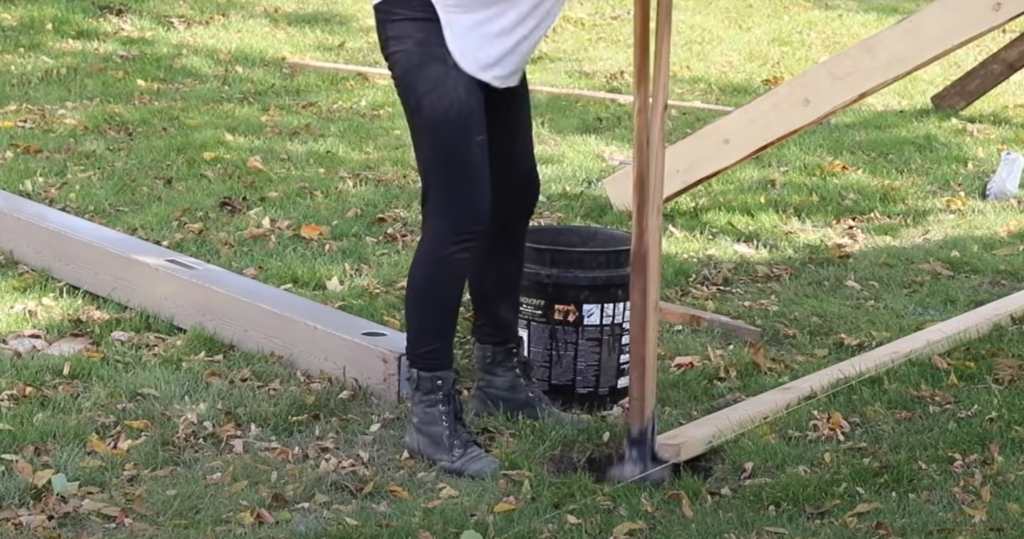
Another option is to use a spray paint designed for plastic surfaces. This type of paint comes in aeros and can be found at most hardware stores. Spray painting is generally quicker and easier than traditional painting, so it’s a good choice if you’re short on time. Just be sure to follow the instructions on the can carefully.[1]
Can You Paint a White Vinyl Privacy Fence?
The quick answer is yes, you can paint a white vinyl privacy fence if you want to. However, we don’t recommend it because:
- It voids the warranty
- The paint may not adhere well
- It’s difficult to get an even coat
- You’ll have to repaint more often than if you didn’t paint it at all
We advise against painting a white vinyl privacy fence because it’s simply not necessary. If you don’t like the color of your fence, you can always replace the panels or pickets. Or, if you want to add some color without painting, consider adding some plants or flowers around the base of the fence. This will give your property some extra curb appeal without the hassle of painting.[1]
How Do You Paint a New Vinyl Fence?
Step 1: Choose the Correct Materials.
You’ll need a few supplies before you can start painting your vinyl fence. Here’s a list of what you’ll need:
- A bucket
- Mild detergent (or trisodium phosphate)
- A garden hose with a sprayer attachment
- Plastic drop cloths or tarps
- Painter’s tape
- Paintbrush or roller specifically for latex paint
- Latex exterior paint in the color of your choice (semi-gloss or gloss finish works best)
Now that you have all the necessary materials, it’s time to move on to the next step.
Step 2: Prepare the Fence
The first step is to prep the fence by cleaning it and making sure it’s free of any dirt, debris, or pollen. You can do this by power washing the fence or using a hose and soapy water. Once the fence is clean, let it dry completely before moving on to the next step.
Step 3: Priming
Before painting your fence, you’ll need to prime it. This is especially important if the fence is new, as it will help the paint adhere better. You can use any type of primer, but we recommend an acrylic-based one.
Once you’ve chosen your primer, apply it to the fence with a roller or brush. Make sure to cover all areas evenly and give the primer time to dry before moving on to the next step.[1]
Step 4: Do the Painting
Now that you’ve chosen the right paint and done all the prep work, it’s time to get painting! Just like with any other type of painting project, start by painting the areas that are most difficult to reach first. Then, move on to painting the rest of the fence. Be sure to use even strokes and paint in a well-ventilated area.
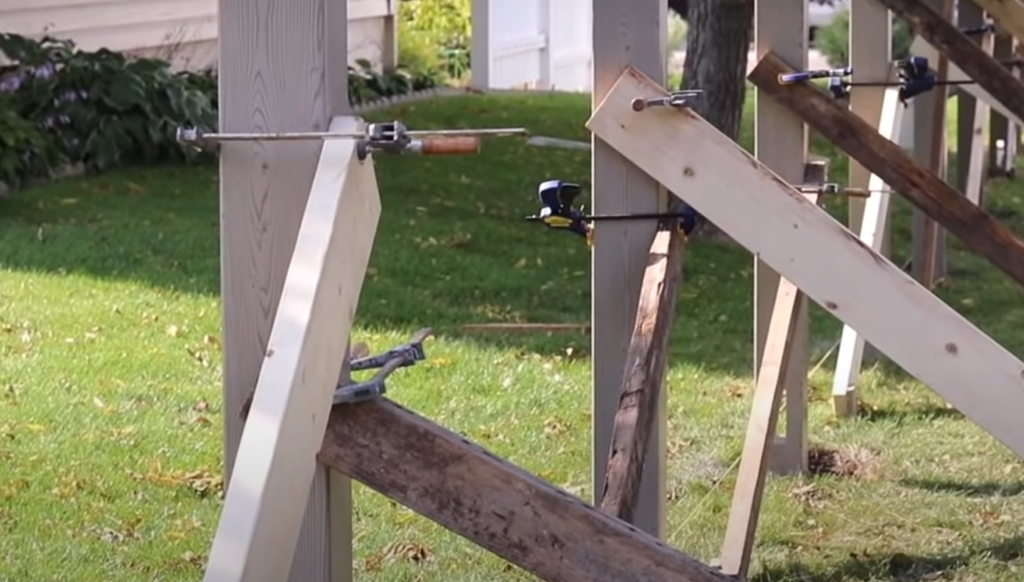
Once you’re finished painting, clean up your materials and admire your newly painted vinyl fence! If you have any questions or concerns about whether or not you can paint a vinyl fence, be sure to consult a professional before beginning your project.
Is There a Spray Paint for Vinyl?
Yes, there is a special kind of spray paint that you can use on vinyl. This type of paint is made specifically for plastic and vinyl surfaces and will adhere well to the material. You can find this type of paint at most hardware stores or online.
Do Vinyl Fences Crack?
One common question people ask about painting vinyl fences is whether they will crack. While it’s true that paint can cause cracking, this is usually due to poor preparation or an inadequate number of coats. If you make sure to properly prepare your fence and apply enough paint, you should be able to avoid any cracking.
Regular Washing
You should start by giving your fence a good wash with soapy water and a soft brush. If there is any mildew or algae present, you will need to use a special cleaner designed for this purpose. Once the fence is clean, allow it to dry completely before moving on to the painting stage.
Treat It With Care
You should be careful when painting a vinyl fence. You don’t want to damage the material. It is possible to paint a vinyl fence, but it is not easy. Here are some tips to help you:
- Use a primer specifically designed for plastic surfaces. This will help the paint adhere better to the fence.
- Use a brush with synthetic bristles. Natural bristles can absorb moisture and swell, which will make them difficult to use on a vinyl surface.
- Be sure to clean the fence before painting it. Any dirt or grime on the surface will prevent the paint from adhering properly.
- Paint in moderate temperatures. Extreme heat or cold can cause the paint to dry too quickly or slowly, which will affect the final result.
Fence Stability
You’ll also want to take into account the stability of your fence. If your fence is in good condition and doesn’t have any cracks or holes, then painting it should be fine. However, if your fence is starting to show its age, then you might want to think twice about painting it. It’s possible that the paint could cause the vinyl to crack or peel, which would make your fence look even worse.
Post Cap Inspections
If you have a vinyl fence with post caps, the first thing you should do is inspect them for any cracks or damage. If they are cracked or damaged, they will need to be replaced before you can paint your fence.
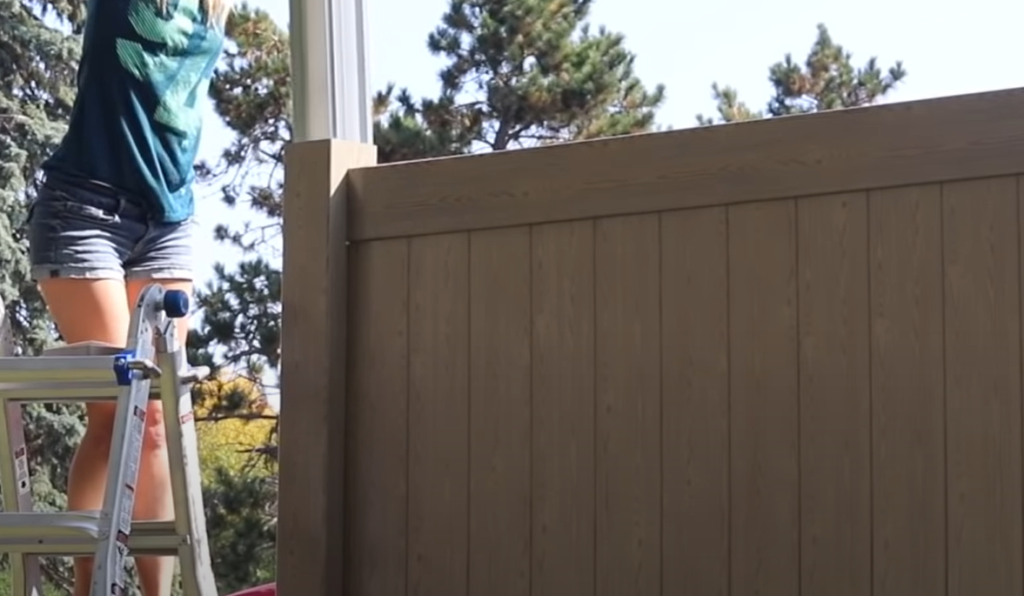
You can buy new post caps at most home improvement stores or online. Once you have new post caps, you’re ready to start painting your vinyl fence!
Should a Vinyl Fence Touch the Ground?
The answer to this question is that it depends on the climate and conditions in your area. If you live in an area with a lot of moisture or humidity, it’s important to make sure that your vinyl fence doesn’t touch the ground. This will help prevent mold and mildew from growing on your fence.
If you live in an area with hot, dry summers, then it’s okay for your vinyl fence to touch the ground. Just be sure to check the bottom of the fence regularly for any signs of wear or damage.
Not Digging Post Holes Deep Enough
If you’re having trouble with your fence posts tilting or leaning, it’s likely because you didn’t dig the holes deep enough.
For example, if you’re installing a six-foot vinyl fence, your post hole should be at least two feet deep. Anything shallower than that and you run the risk of your fence being unstable. Not only is this unsightly, but it can also be dangerous if someone leans on or climbs on your fence.
Failing to Account for the Sloped or Graded Ground
One of the most frequent mistakes we see people making is failing to account for the sloped or graded ground when they’re measuring and marking out their fence. This can cause all sorts of problems, from wonky-looking posts to water pooling at the base of your fence (which will eventually lead to rot).
When you’re taking measurements, make sure to take into account the slope of the ground so that your fence is level. You can do this by using a level or a string line. If you’re not sure how to do this, there are plenty of helpful tutorials online.
Trying to Do It All Yourself
We get it. You’re a DIYer. And you want to take on as much of your home improvement projects as possible. But sometimes, it’s best to leave certain things to the professionals – like painting your vinyl fence.
There are a few reasons why we don’t recommend painting vinyl fences:
- It voids the warranty
- It’s not necessary – Vinyl fences are designed to last for years without needing paint or other treatments
- It’s difficult – Paint doesn’t adhere well to vinyl, so it can be a frustrating and time-consuming project with less-than-ideal results.
Not Installing Gates Properly
One of the most common problems we see with gates is that they were not installed properly in the first place. Improper installation can cause all sorts of problems down the road, including sagging, misalignment, and difficulty opening and closing the gate. If you’re having problems with your gate, it’s always best to consult a professional to see if it needs to be reinstalled.[2]
Not Setting Fence Panels Square
One of the most common mistakes people make when installing a vinyl fence is not setting the fence panels square. This can cause the fence to look lopsided and unfinished. To avoid this, make sure you use a level when installing your vinyl fence panels.
Another mistake people often make is not digging their holes deep enough. Vinyl fencing needs to be installed in holes that are at least two feet deep in order to ensure stability. If you don’t dig your holes deep enough, your fence could eventually topple over.
Cutting the panels too short will leave gaps between the pickets, while cutting them too long will cause the pickets to overlap. Both of these problems can be avoided by taking careful measurements before cutting the panels.[2]Which Is Better PVC or Vinyl Fence?
PVC
PVC fencing is made from polyvinyl chloride, which is a type of plastic. PVC is more durable than traditional wood fencing and can last for years without rotting or decaying. PVC fences are also easy to clean and maintain.
Vinyl
Vinyl fencing is made from polyvinyl chloride (PVC), which is a type of plastic. Vinyl fences are more durable than traditional wood fences and can last for years without rotting or decaying. Vinyl fences are also easy to clean and maintain.
So, what’s the difference between PVC and vinyl fence? The answer is: not much! Both types of fence are made from the same material, so they have many of the same benefits. However, there are a few key differences between the two.
How Do You Spray Paint a Vinyl Fence?
Step 1: Surface Preparation
The key to any good paint job is in the preparation. This is especially true when you’re painting over a glossy surface like vinyl. Start by giving the fence a thorough cleaning with soap and water.
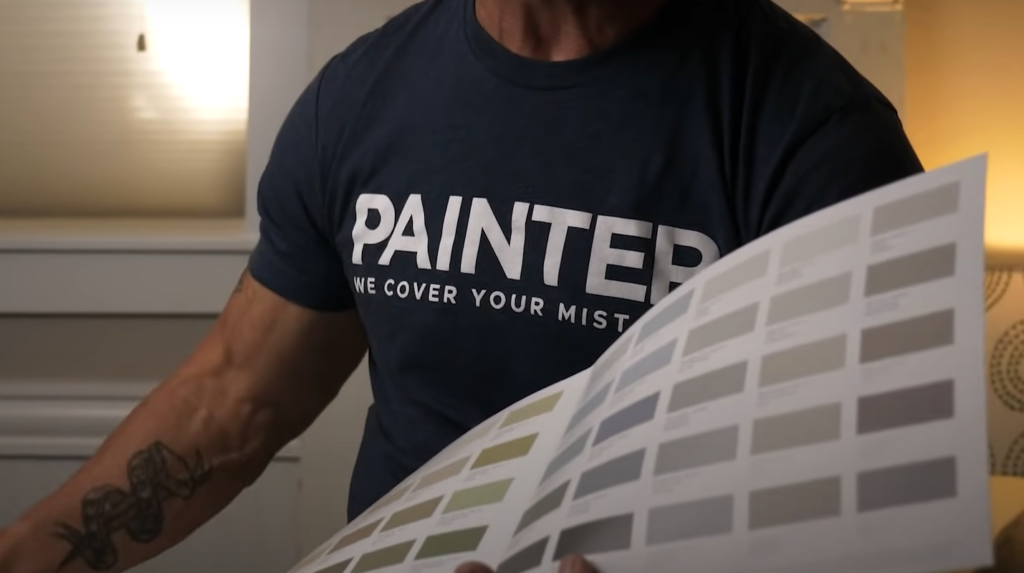
If the fence is particularly dirty, you may need to use a power washer. Once the fence is clean, let it dry completely before moving on to step two.
Step 2: Fill the Sprayer With Paint
Now that you have the supplies you need, it’s time to get started! Begin by filling your paint sprayer with the exterior latex paint of your choice. Make sure to mix the paint thoroughly before pouring it into the sprayer. Once the sprayer is full, screw on the lid and attach the hose.
Next, put on your safety gear including a respirator mask and eye protection. Then, find an area to set up your sprayer where you won’t be disturbed and where any overspray will land on something you don’t mind getting paint on.
Step 3: Priming the Surface
It’s important to prime the surface of your fence before painting it. This will help the paint adhere better and give you a more even coat. You can use any type of primer that you like, but we recommend using an oil-based primer for best results. Apply the primer with a brush or roller, making sure to cover all of the vinyl surface evenly. Let the primer dry completely before moving on to step four.
Step 4: Spray Paint
With a paint sprayer, it is best to work in sections. Begin at the top of the fence and work your way down. Overlap each stroke by about six inches to ensure even coverage. If you see any drips or runs, stop painting and let the paint dry before resuming. Doing this will help you avoid creating a big mess.
It is also important to keep the paint sprayer moving at all times. If you stop moving, the paint will start to pool and create an uneven finish.
Step 5: Let the Surface Dry
After you have given the fence a good cleaning, you will need to let the surface dry completely before painting. This usually takes about 24 hours.
Can You Paint a Vinyl Coated Chain Link Fence?
Step 1: Cleaning the Surface
It is important that you clean the surface of the fence before you start painting. This will ensure that the paint adheres properly and doesn’t flake off. You can use a pressure washer or a garden hose to remove any dirt or grime.
Step 2: Priming
Once you’ve repaired any cracks or holes in your fence, you’re ready to prime it. This is an important step because it will help the paint to adhere better and last longer. When priming a vinyl fence, be sure to use a primer that is specifically designed for vinyl. Regular paint primer will not work as well and may even damage the fence.[2]
Step 3: Painting
Now that you’ve gathered your materials and prepared the surface of the fence, you’re ready to start painting! To get started, pour your paint into a bucket or tray and use a brush or roller to apply it to the fence. Be sure to work in small sections so that the paint doesn’t dry before you have a chance to spread it evenly.[2]
How Much Does a 100-foot Vinyl Fence Cost?
The cost of a 100-foot vinyl fence varies depending on the style and height of the fence. The average cost for a basic vinyl fence is $21 per linear foot, while the average cost for a privacy vinyl fence is $26 per linear foot. If you need to install a new vinyl fence, expect to pay between $19 and $35 per linear foot, with the majority of homeowners spending $28 per linear foot on their new fencing. For larger projects, some companies may offer discounts on materials and labor. When it comes to installation, most contractors will charge by the hour, with rates varying from $50 to $100 per hour.
Do Vinyl Fence Posts Need Concrete?
Vinyl fence posts need to be set in concrete. The most common way to set the posts is to use a post hole digger to dig a hole that is slightly larger than the diameter of the vinyl fence post. Fill the hole with concrete, making sure that the post is level as you pour. Once the concrete has healed, you can install your fencing panels.
If you’re looking for an alternative to painting your vinyl fence, consider staining it instead. Stain can give your fence a natural look that will last for years. It’s also easy to apply and maintain, so it’s a great option if you’re not up for painting your fence every few years.
Can Vinyl Break Easily?
Vinyl fences are made of a durable plastic material that is designed to withstand the elements and last for years. However, this does not mean that vinyl is indestructible. It can break if it is hit hard enough or if it is exposed to extreme temperatures.
Also, make sure to follow the manufacturer’s instructions carefully to avoid damaging the fence.How Do You Clean Vinyl Lattice?
You can pressure wash or hand-wash your vinyl lattice. For tough stains, you may need to use a brush and soapy water. Be sure to rinse the soap off completely afterwards. You should also avoid using harsh chemicals or cleaners on your vinyl lattice.
To clean your vinyl lattice, start by removing any loose dirt and debris with a broom or garden hose. If there are any stubborn stains, you can mix equal parts water and vinegar in a spray bottle and mist the area. Let it sit for a few minutes before scrubbing with a soft-bristled brush. Rinse the area thoroughly with water when you’re finished.
Can You Cut Vinyl Lattice with Tin Snips?
It’s a common question asked by many do-it-yourselfers: can you cut vinyl lattice with tin snips? The answer is yes, but there are a few things you should know before getting started.
Here are a few tips to help make the job easier and ensure a professional looking finish:
- Use sharp tin snips – dull blades will make it more difficult to get a clean cut.
- Cut slowly and carefully – rushing will increase the chances of making a mistake.
- Score the vinyl lattice first – this will give you a guide to follow when cutting.
Will Black Vinyl Fence Fade?
One of the most common questions we get asked about black vinyl fences is whether they will fade over time. The short answer is no, black vinyl fences will not fade.
Vinyl is a type of plastic that is made to withstand harsh conditions and sunlight is no exception. In fact, vinyl fencing is often used in landscaping because it won’t fade or rot like other materials.
Black vinyl fencing can last for years without showing any signs of wear and tear. If you do decide to paint your fence, it’s important to use a high-quality paint that is designed for plastics. This will ensure that the paint adheres properly and doesn’t peel or chip over time.
Do Vinyl Fences Warp?
Vinyl fences are designed to withstand a certain amount of wear and tear, but they can warp if they’re not installed properly. If you live in an area with extreme temperatures, your vinyl fence may warp if it’s not installed correctly.
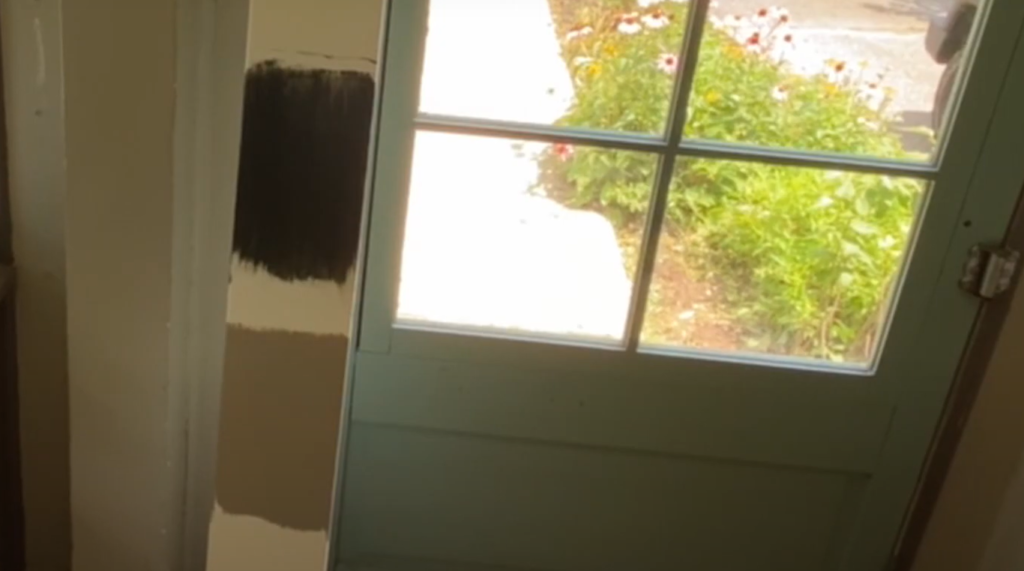
To avoid warping, make sure that your vinyl fence is installed by a professional. If you do it yourself, be sure to follow the instructions carefully. Once your vinyl fence is installed, check it periodically to make sure that it’s still level and straight.
Can Vinyl Fence Melt?
Vinyl fence is made of PVC, or polyvinyl chloride. In its natural state, this material is white. But manufacturers can add colorants to the mix before extrusion to create vinyl fencing in a variety of colors.
PVC has a very high melting point, around 176 degrees Fahrenheit. But it will start to soften at temperatures much lower than that. If you live in an area with hot summers, your vinyl fence may become soft and pliable if it’s in direct sunlight for long periods of time.[2]
FAQ
What is the best way to paint a vinyl fence?
There is no one definitive answer to this question. Some people swear by using a brush, while others prefer a roller. Ultimately, it comes down to personal preference and what you feel comfortable with.
If you do decide to paint your vinyl fence, we recommend using a high-quality exterior paint specifically designed for vinyl. This will help ensure that the paint adheres properly and doesn’t chip or peel over time.
Another important tip is to make sure that you clean the surface of the fence before painting it. This will help the paint adhere better and give you a more even finish.
Is there spray paint for vinyl?
Yes, there is spray paint for vinyl! You can find it at your local hardware store or online. Just make sure to get the right kind of paint for the job.
If you’re not sure what kind of paint to get, ask a staff member at the store or read the reviews online. It’s important to get the right type of paint so that it will adhere properly and last a long time.
Useful Video: Can You Paint a VINYL FENCE?! Testing Two Methods DIY…
Conclusion
So, can you paint a vinyl fence? The answer is yes! Just make sure to do your research and get the right type of paint. With a little bit of elbow grease, you can transform your vinyl fence into something new and beautiful. Thanks for reading!
References:
- https://www.paintritepros.com/blog/can-you-paint-a-vinyl-fence/
- https://popularpainter.com/can-you-paint-a-vinyl-fence/


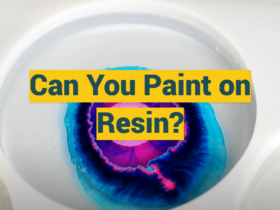

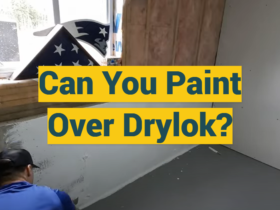
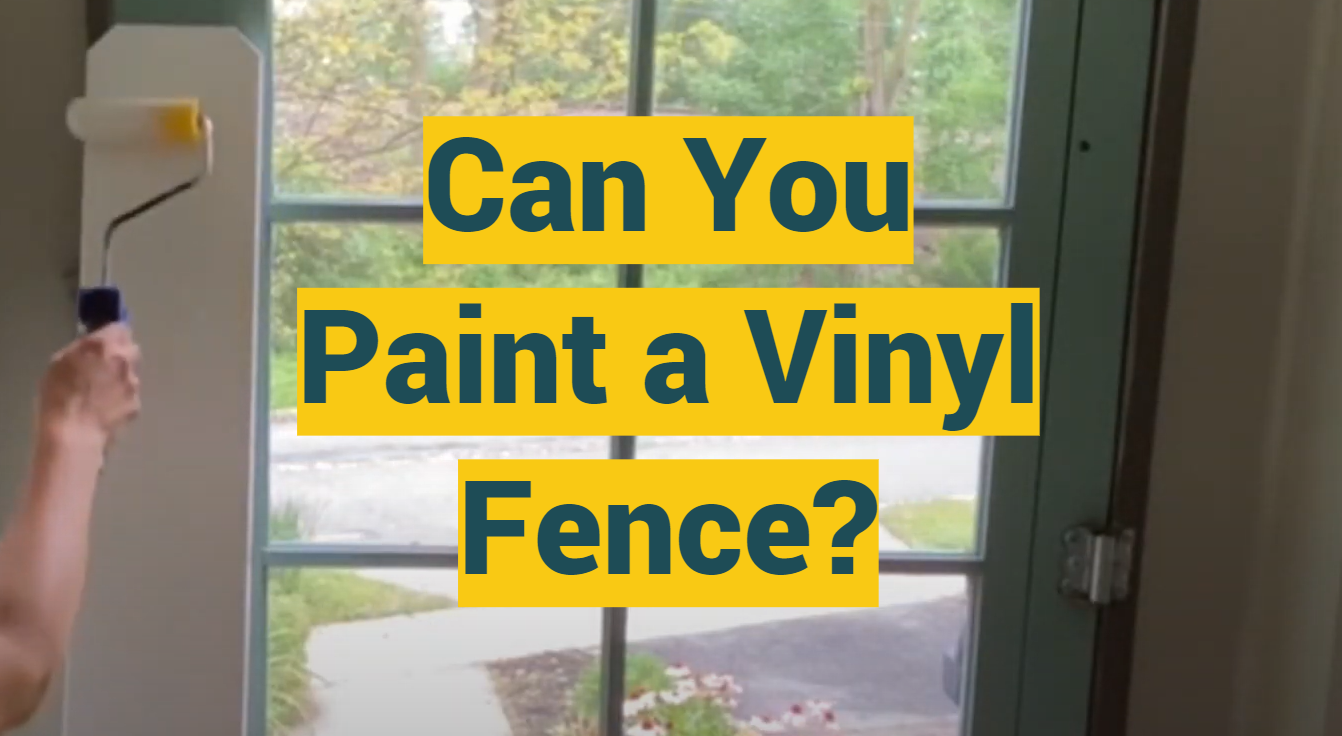


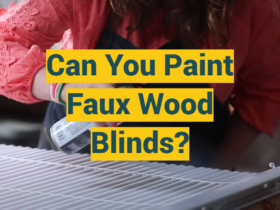
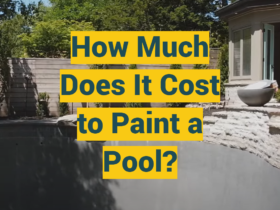
Leave a Review